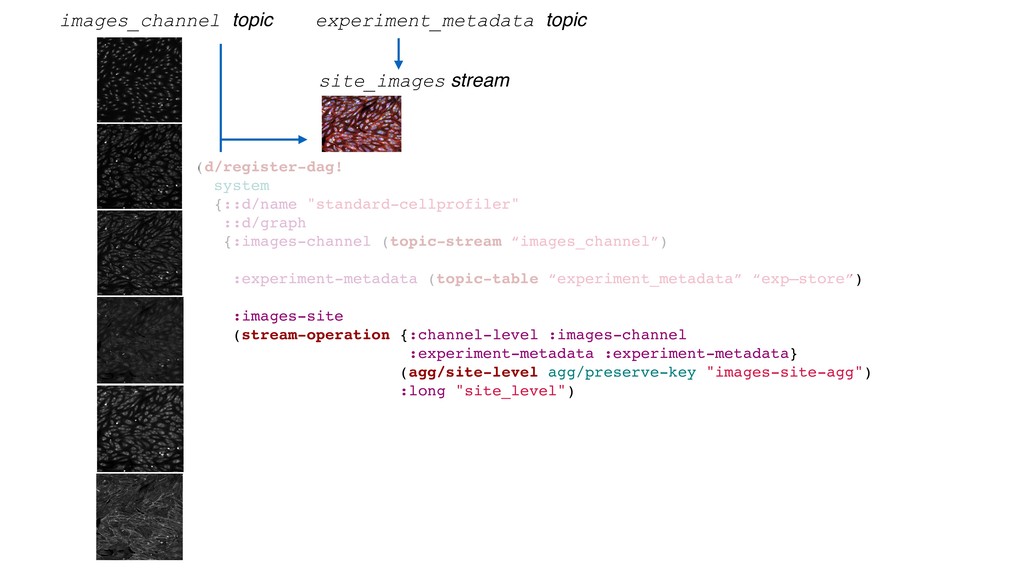

The images and associated metadata will be retrieved from the Image Data Resource (IDR), a repository that collects image datasets of tissues and cells. In this tutorial, we will analyse DNA channel images of publicly available RNAi screens to extract numerical descriptors (i.e. In particular, regardless of the targeted biological process, many screens include a DNA label and therefore can also reveal the effect of gene knock-downs on nucleoli.įigure 1: DNA channel from the screen described in “ Integration of biological data by kernels on graph nodes allows prediction of new genes involved in mitotic chromosome condensation” 2014. Re-using published screens image data can then be a cost-effective alte rnative to performing new experiments. While screens typically focus on one biological process of interest, the molecular markers used can also inform on other processes. Phenotypes caused by reduced gene function are widely used to elucidate gene function and image-based RNA interference ( RNAi) screens are routinely used to find and characterize genes involved in a particular biological process. In DNA staining of cells, nucleoli can be identified as the absence of DNA in nuclei ( Fig. elegans strains should be deployed to aid high-throughput toxicological screening efforts.The nucleolus is a prominent structure of the nucleus of eukaryotic cells and is involved in ribosome biogenesis and cell cycle regulation. Taken together, these results provide robust evidence that heritable genetic variation explains differential susceptibility across an array of environmental pollutants and that genetically diverse C. At least 20% of the variance in susceptibility to at least one exposure level of each compound was explained by genetic differences among the eight C. Moreover, we quantified the heritability of responses (phenotypic variance attributable to genetic differences between individuals) to each toxicant exposure and observed a correlation between the exposure closest to the species-agnostic EC10 estimate and the exposure that exhibited the most heritable response. elegans strain exhibited a significantly different EC10 or slope estimate compared to the reference strain, N2 (PD1074), indicating that population-wide differences among strains are necessary to understand responses to toxicants.

We also showed that, across all toxicants, at least one C.
Cellprofiler metadata driver#
We observed substantial variation in EC10 estimates and slope parameter estimates of dose-response curves of different strains, demonstrating that genetic background is a significant driver of differential toxicant susceptibility. elegans strains representative of species-wide genetic diversity. In this study, we performed dose-response analysis across 23 environmental toxicants using eight C. Caenorhabditis elegans is a premier toxicology model that has revolutionized our understanding of cellular responses to environmental pollutants and boasts robust genomic resources and high levels of genetic variation across the species. To address this need, tractable model systems enable reproducible and efficient experimental workflows to collect high-replication measurements of exposure cohorts. The genetic variability of toxicant responses among indisviduals in humans and mammalian models requires practically untenable sample sizes to create comprehensive chemical hazard risk evaluations.


 0 kommentar(er)
0 kommentar(er)
